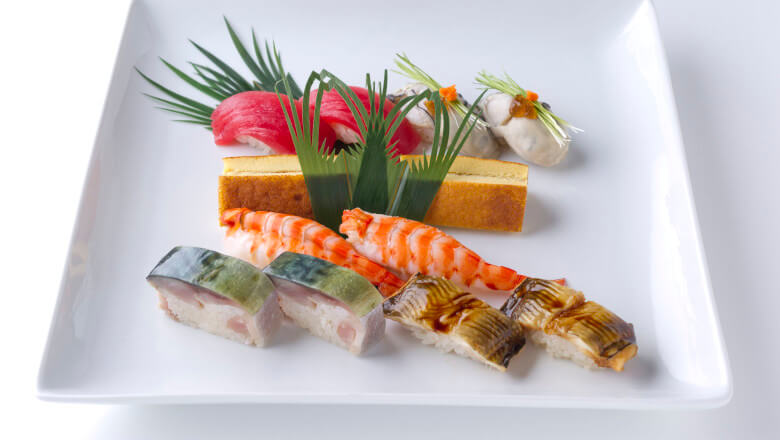Tucked away in Tokyo, restaurant Yoroshiku Sushi serves up premium sushi to customers. Heading the restaurant is Chef Hidenobu Meguro, a veteran sushi expert and author of an encyclopedic book on sushi preparation (Sushi no Gijutsu Taizen). Over many years of preparing sushi, Meguro has fine-tuned the art of sushi, delighting customers’ taste buds with hand-prepared sushi and keeping them coming back for more.
A significant challenge faced by sushi restaurants, like Chef Meguro’s, is maintaining rice quality over time. During cooking, rice absorbs water and gelatinizes, becoming softer and more translucent. This just-cooked quality changes over time as rice hardens, losing its translucency and some of its fresh flavor. Chef Meguro’s tried-and-true method for keeping fresh sushi rice quality is TREHA® trehalose.
Meguro commented, “Sushi rice that would normally not be as good keeps its delicious flavor and glossiness longer. That is what surprised me about TREHA®.”

TREHA® trehalose helps keep rice quality even if it is refrigerated or goes through a freeze-thaw cycle. Chilled and freeze-thawed rice maintains its texture, appearance, and flavor. The trehalose difference is easily seen. Below is sushi prepared with and without TREHA® after one freeze-thaw cycle. On the left, the rice without TREHA® looks white due to starch retrogradation, or hardening of the rice. On the right, the sushi prepared with TREHA® maintains its translucency and moistness.

Hungry for more information? Follow us on LinkedIn or Twitter or subscribe to our blog below!
